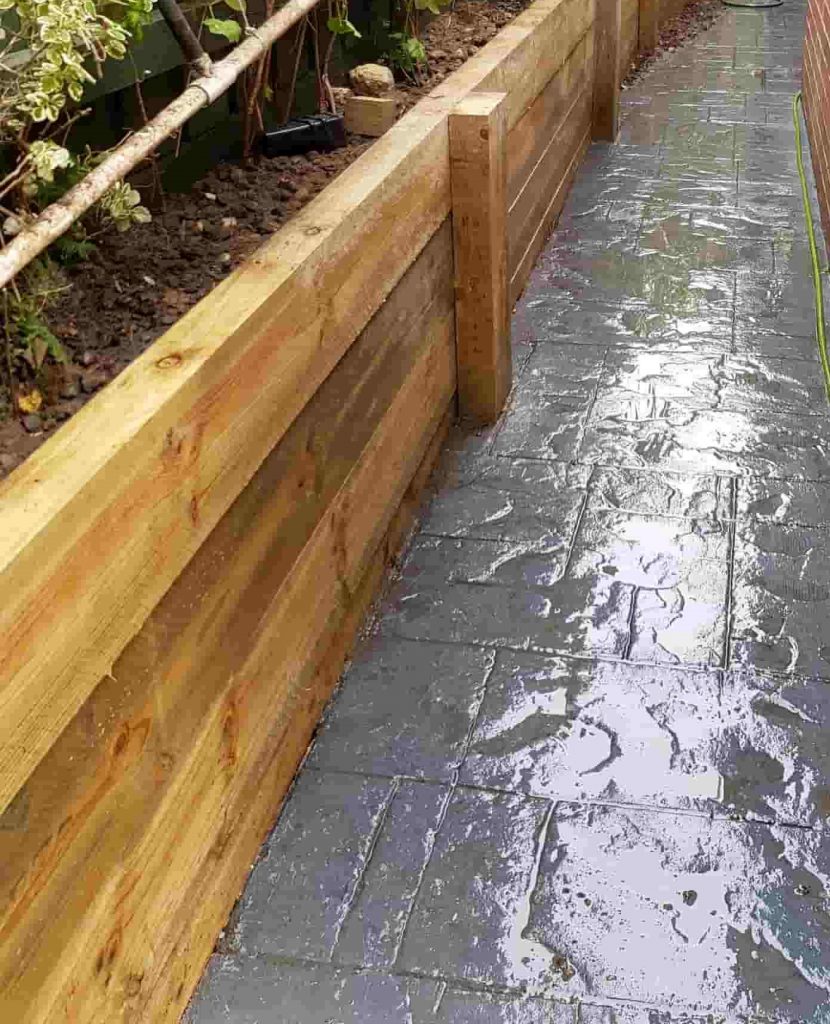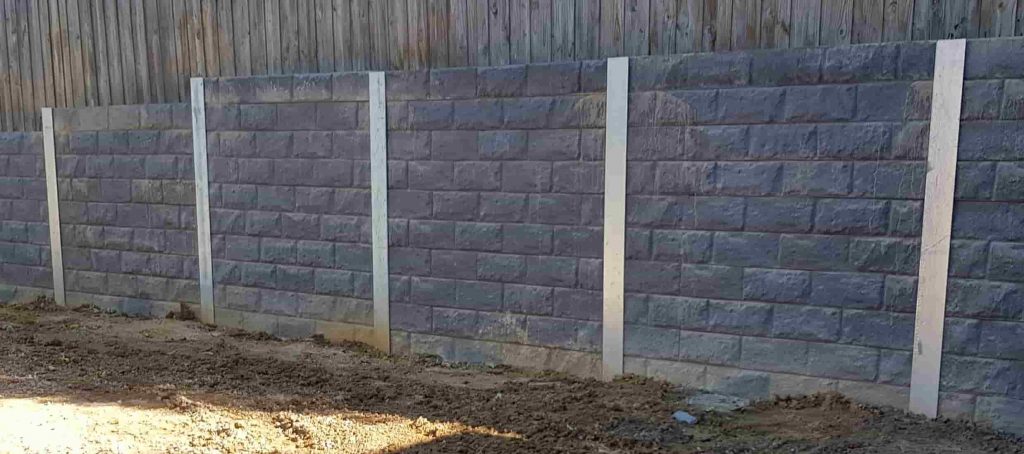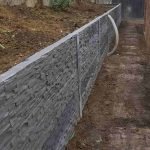Introduction
When it concerns landscaping and residential or commercial property management, keeping walls play an important function. These structures are essential for managing soil erosion, developing functional land area, and even enhancing the visual appeal of your property. However, the effectiveness and durability of a retaining wall hinge considerably on one essential aspect: planning This post delves deep into the significance of correct planning by your retaining wall home builder and how it can make or break your project.
Why Correct Planning by Your Retaining Wall Builder is Crucial
Proper planning by your retaining wall home builder is important for a number of factors. Firstly, without a well-thought-out strategy, you risk the wall stopping working to perform its intended function-- supporting soil and avoiding erosion. A poorly designed or built wall might lead to severe concerns like foundation damage, landscape destruction, and even security hazards.

Furthermore, planning incorporates numerous aspects such as product selection (timber sleeper vs. concrete sleeper), structural integrity (using H beams), drainage considerations, and visual elements. By comprehending these elements upfront, you can save yourself time and money in the long run while guaranteeing a resilient structure that fulfills all your needs.
Understanding Various Kinds of Retaining Walls
1. Timber Sleeper Walls
Timber sleeper walls are popular for their natural appearance and versatility. They incorporate wonderfully with gardens but need careful planning to ensure they can withstand the pressures of soil.

- Advantages: Visual appeal, economical. Disadvantages: Susceptible to rot if not appropriately treated.
2. Concrete Sleeper Walls
Concrete sleeper walls offer exceptional strength and toughness compared to wood choices. They are ideal for high-load scenarios but can be more expensive.
- Advantages: Durability, very little maintenance required. Disadvantages: Higher initial cost.
3. H Beam Reinforced Walls
For significant load-bearing applications or in areas vulnerable to heavy rains, utilizing H beams supplies unmatched structural support.

- Advantages: Extraordinary strength. Disadvantages: Needs competent labor for installation.
Key Factors in Planning Your Keeping Wall
4. Soil Analysis
Conducting a thorough soil analysis is important. The kind of soil will determine the design requirements for your retaining wall.
- Clay soils might broaden when wet but diminish when dry. Sandy soils drain pipes well however may not provide sufficient support.
5. Drainage Solutions
Including reliable drainage services in your plan is non-negotiable! Water accumulation behind a retaining wall can trigger it to fail catastrophically.
Types of Drainage Solutions
- Weep holes Drainage pipes Gravel backfill
The Importance of Local Regulations
6. Building Regulations and Permits
Before starting any construction project, acquaint yourself with regional building codes and permitting procedures related to keeping walls.
- Ensure you're certified with height restrictions. Some locations may need engineering evaluations for taller walls.
Working with Professionals in Retaining Wall Construction
7. Selecting the Right Builder
Selecting an experienced professional for building your retaining wall is important! Try to find credentials that show proficiency in handling both timber sleeper and concrete sleeper options.
Questions to Ask Prospective Builders
What types of materials do you specialize in? Can you supply references from previous projects?Design Factors to consider in Your Retaining Wall Plan
8. Visual Combination with Landscape Design
Your retaining wall needs to not simply be functional; it ought to also improve the appeal of your landscape!
Tips for Visual Integration
- Choose products that match existing features. Incorporate plants or ornamental stones around the base for additional charm.
Cost Evaluation and Budgeting
9. Understanding Job Costs
Budgeting successfully consists of understanding all prospective costs related to constructing a maintaining wall.
|Expense Component|Estimated Range|| ---------------------|-------------------|| Product Expenses|$50 - $150 per sq feet|| Labor Expenses|$30 - $100 per hour|| Permit Fees|Differs by area|
FAQs about Maintaining Walls
1. What is a retaining wall's primary purpose?
A retaining wall's main function is to hold back soil from wearing down or collapsing into lower areas on a property while likewise producing usable flat surface areas for landscaping or structure purposes.
2. How do I choose between timber sleeper and concrete sleeper walls?
Consider elements such as aesthetic appeals, budget restrictions, sturdiness requirements, and upkeep choices when choosing between timber sleeper and concrete sleeper walls.
3. Can I construct a retaining wall myself?
While do it yourself projects are appealing to save expenses, it's advisable to seek advice from experts who have knowledge about structural stability, drainage solutions, and local policies to prevent future problems.
4. For how long does a properly prepared retaining wall last?
With correct building utilizing quality products like concrete sleepers or treated lumber sleepers along with good drain systems, a well-planned retaining wall can last upwards of twenty years or more!
5. What takes place if my retaining wall fails?
If your retaining wall fails due to poor preparation or execution, it might cause significant residential or commercial property damage consisting of disintegration issues that affect landscaping or even home structures-- leading potentially pricey repairs!
6. How frequently need to I check my keeping wall?
It's a good idea to examine your retaining wall a minimum of when a year after heavy rainfalls or storms because these events can compromise structural stability over time.
Conclusion
In summary, correct preparation https://tuffstuffretainingwalls.com.au/ by your kept wall home builder can not be overemphasized! By thoroughly thinking about elements such as material choice (timber sleeper versus concrete sleeper), drain solutions, local guidelines compliance; you'll lead the way towards attaining a visually pleasing yet robust structure that stands versus time's test-- a real testimony not only of functionality however also artistry within landscape architecture! So do not rush through this vital phase-- take some time now so you won't regret it later!
This extensive guide works as a vital resource whether you're contemplating installing a new retaining wall or checking out adjustments on an existing one; bear in mind that investing effort into thoughtful preparation today will pay dividends tomorrow!